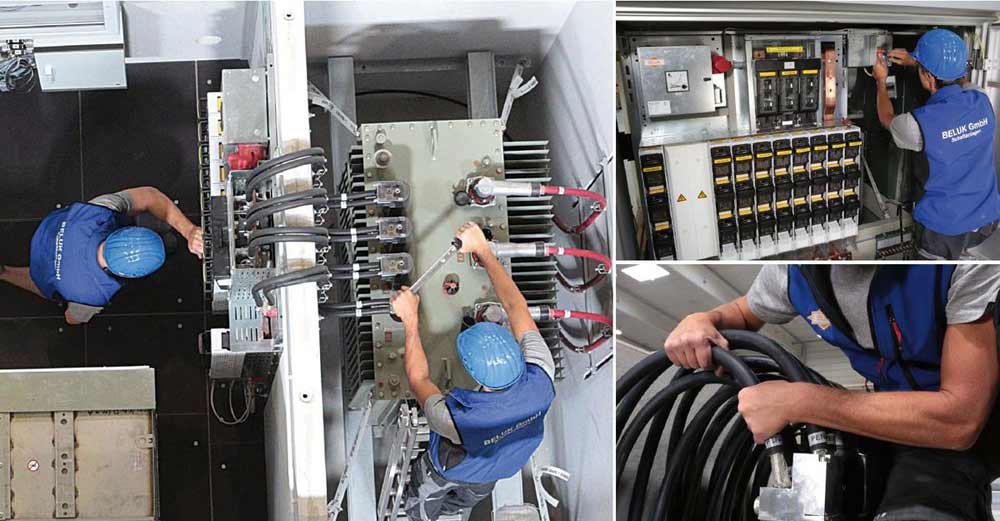In industrial manufacturing, inspections aren’t just routine. They’re mission-critical. Every missed detail can translate to rework, lost production hours, or even safety hazards. For one Germany-based manufacturer, the inspection process had long relied on paper-based protocols. That system worked – until it didn’t.
With growing demand, more complex machinery, and higher documentation standards, the old way of doing things no longer kept up. Inspections lacked consistency, defect reporting was delayed, and preparing for audits took up days of administrative time. Most importantly, blind spots, both literal and procedural, were difficult to detect. Maintenance logs and inspection notes lived in separate silos, making it nearly impossible to spot recurring failures or quality trends across product lines.
“We often didn’t know something had gone wrong until the final checks, sometimes not even until after delivery,” said one production lead. “We weren’t just slow, we were reactive.”
That’s when the company turned to flowdit.
The Problem: Paper Slowed Everything Down
The manufacturer produces high-precision components for a variety of industrial clients. Quality control is baked into every step of the production process, but the tools used to manage inspections hadn’t evolved.
Employees filled out inspection forms by hand. Reports were scanned and emailed if they were even legible. Photos were saved separately. Worst of all, data wasn’t centralized. Issues took too long to escalate, and valuable insights were lost in scattered Excel sheets and outdated folders. Cross-departmental transparency was virtually nonexistent.
Recurring quality issues would go unnoticed for weeks because individual technicians had no way to compare notes. Supervisors struggled to trace defects back to their origin. And audit prep meant pulling data from five different sources, none of them guaranteed to be complete.
“We had the right people, but not the right process,” said the site operations manager. “We knew we needed a system that matched the speed and complexity of our production floor.”

The Solution: A Real-Time, Mobile-First Inspection Workflow
flowdit was rolled out across multiple departments, from production to final inspection. Using customized digital checklists, technicians now document their work in real time, including photos, measurements, and notes, all from a tablet or mobile device.
The benefits came quickly:
- Standardized inspections across shifts and teams
- Live updates and issue tracking
- Easy access to historical records
- Audit-ready documentation at any time
What used to take hours of back-and-forth is now completed instantly. And when a defect is identified, it’s flagged for immediate review, reducing rework and ensuring faster resolution. Inspection reports now include a complete timeline, location data, and annotated imagery, enabling faster root-cause analysis.
The Results: More Control, Less Effort
After the switch to flowdit, the company reported:
- 60% reduction in inspection documentation time
- 75% faster response time to identified issues
- Streamlined audits with zero missing data
Supervisors no longer chase reports or guess where in the process things went wrong. Every inspection step is traceable, and every finding is documented with a timestamp and user signature.
“flowdit gave us the transparency we were missing,” the head of quality said. “Now, we’re not just fixing problems, we’re preventing them.”

Next Steps: Scaling Across Sites
Impressed by the gains at its first plant, the manufacturer is now rolling out flowdit to additional sites. With its ability to adapt to different inspection processes, the platform is becoming the backbone of quality control operations across the company.
Want to modernize your industrial inspections?




